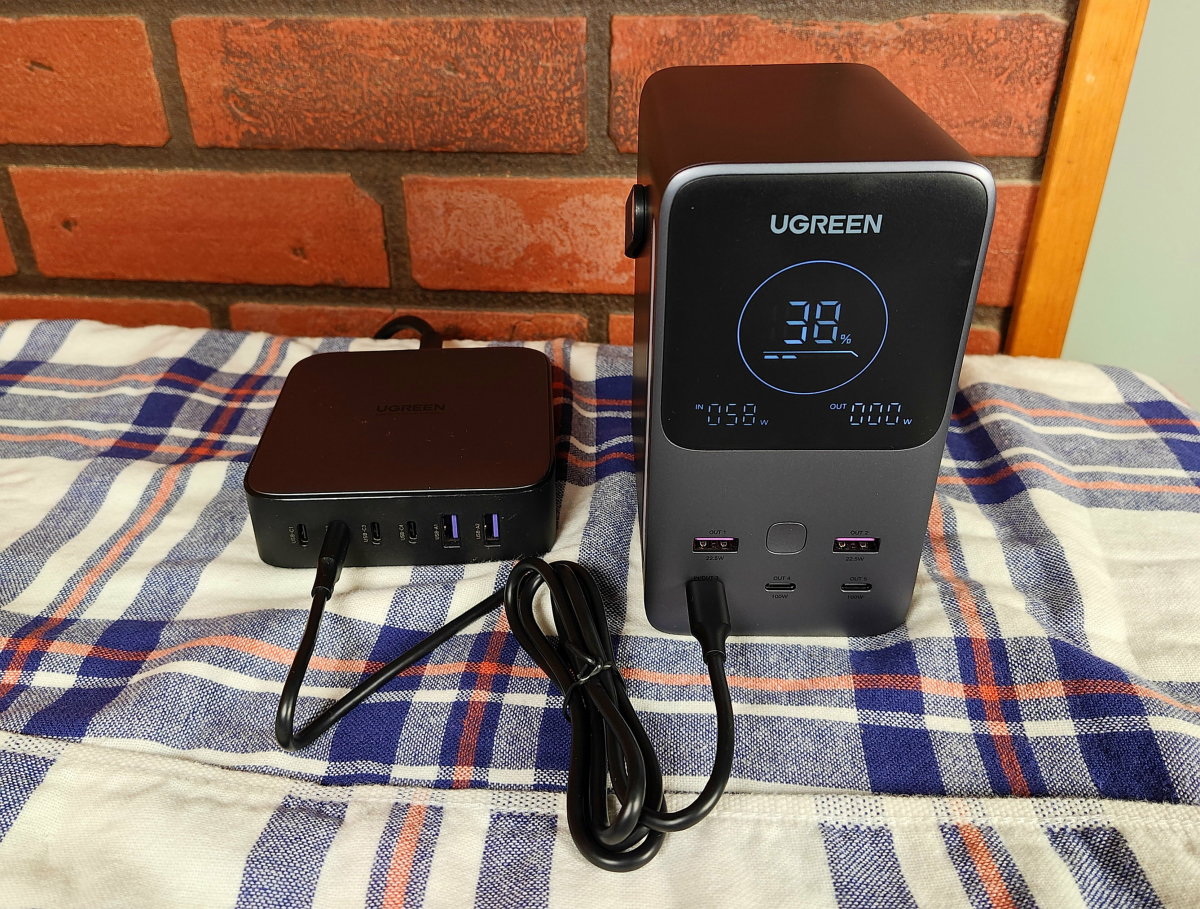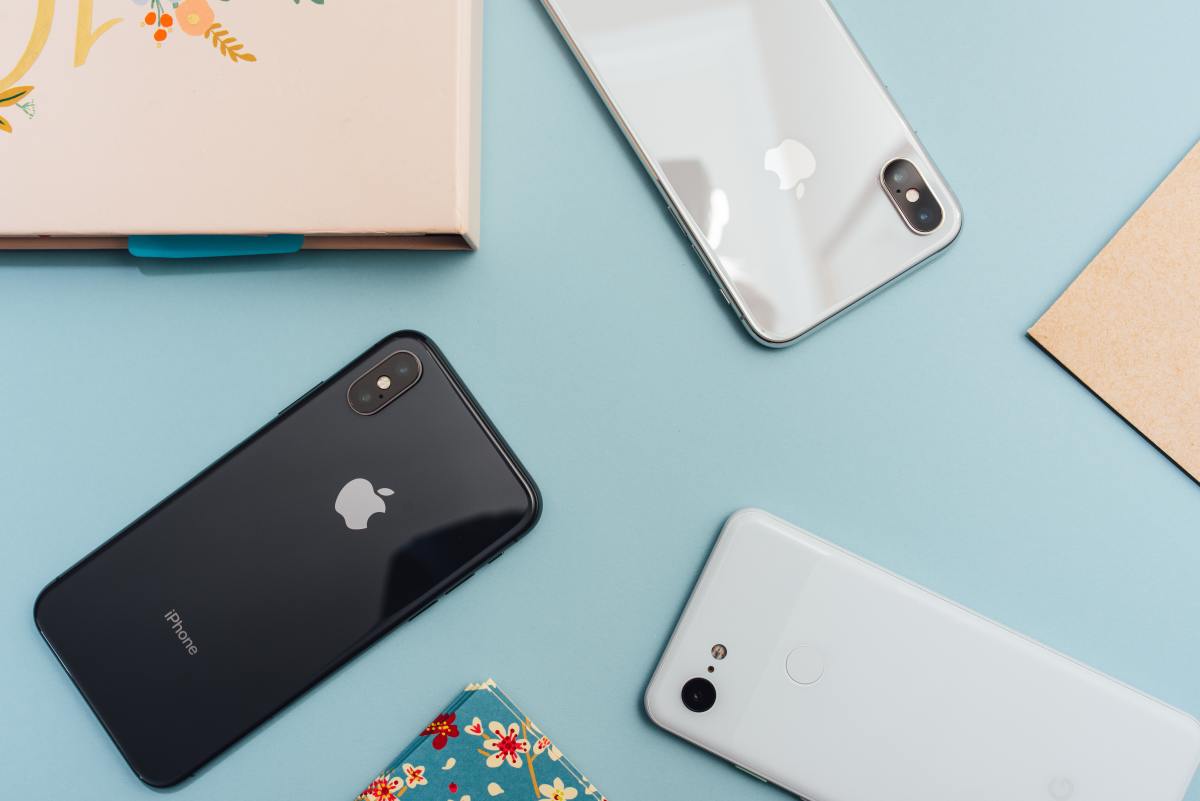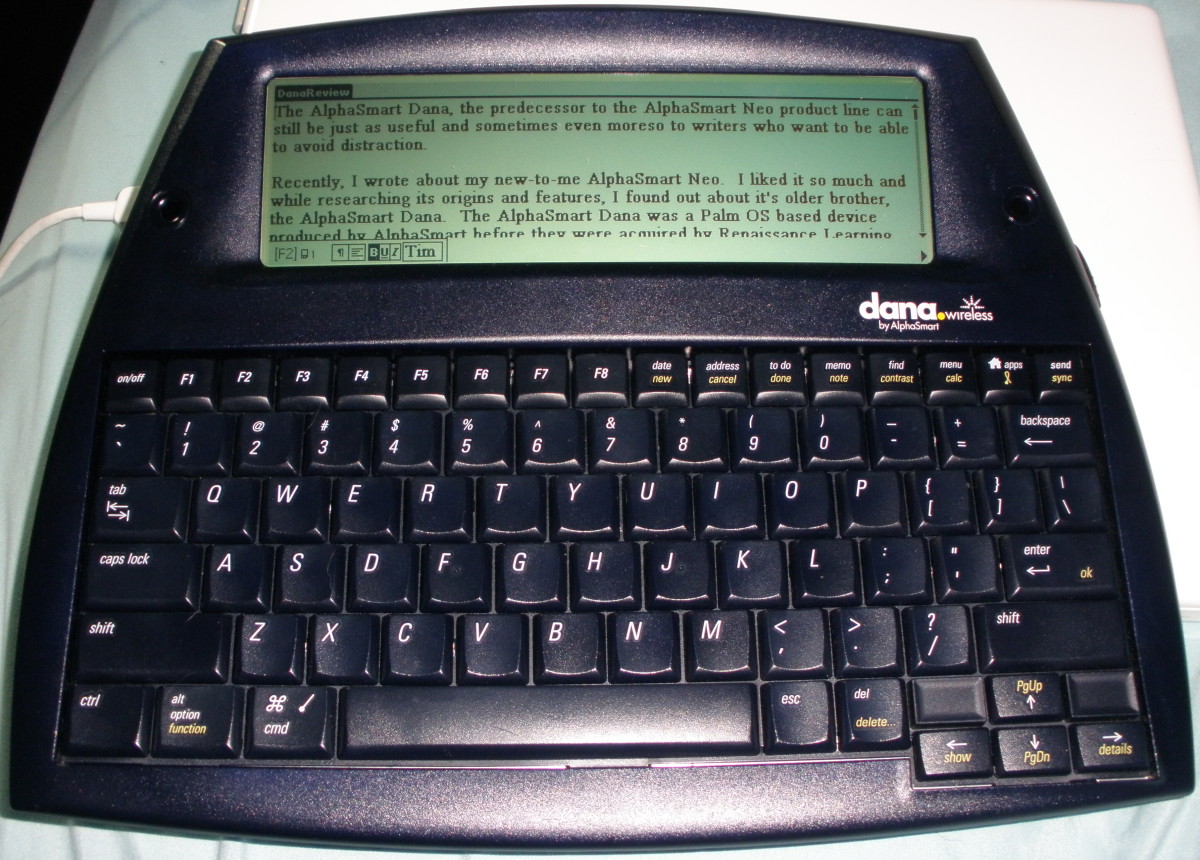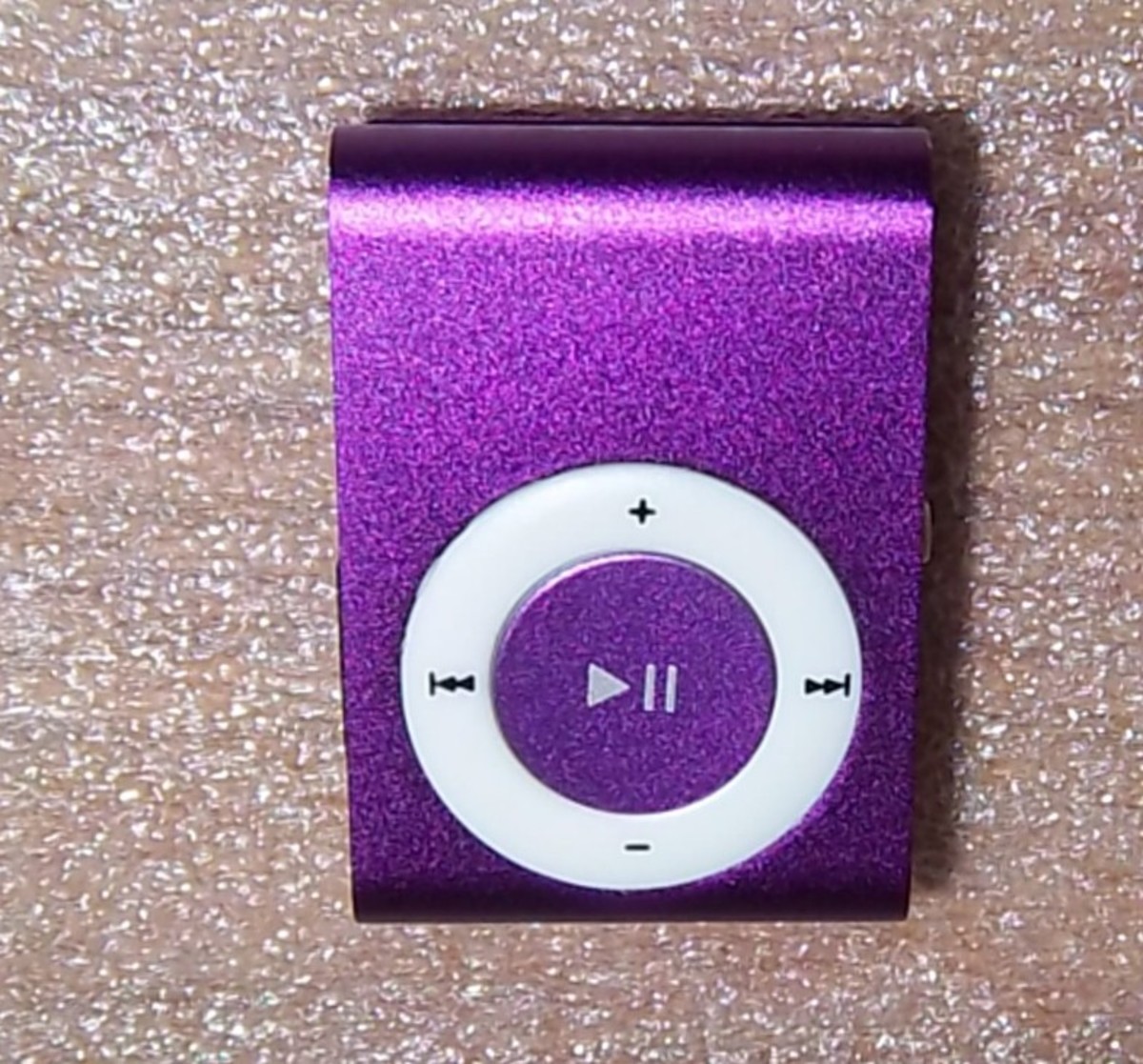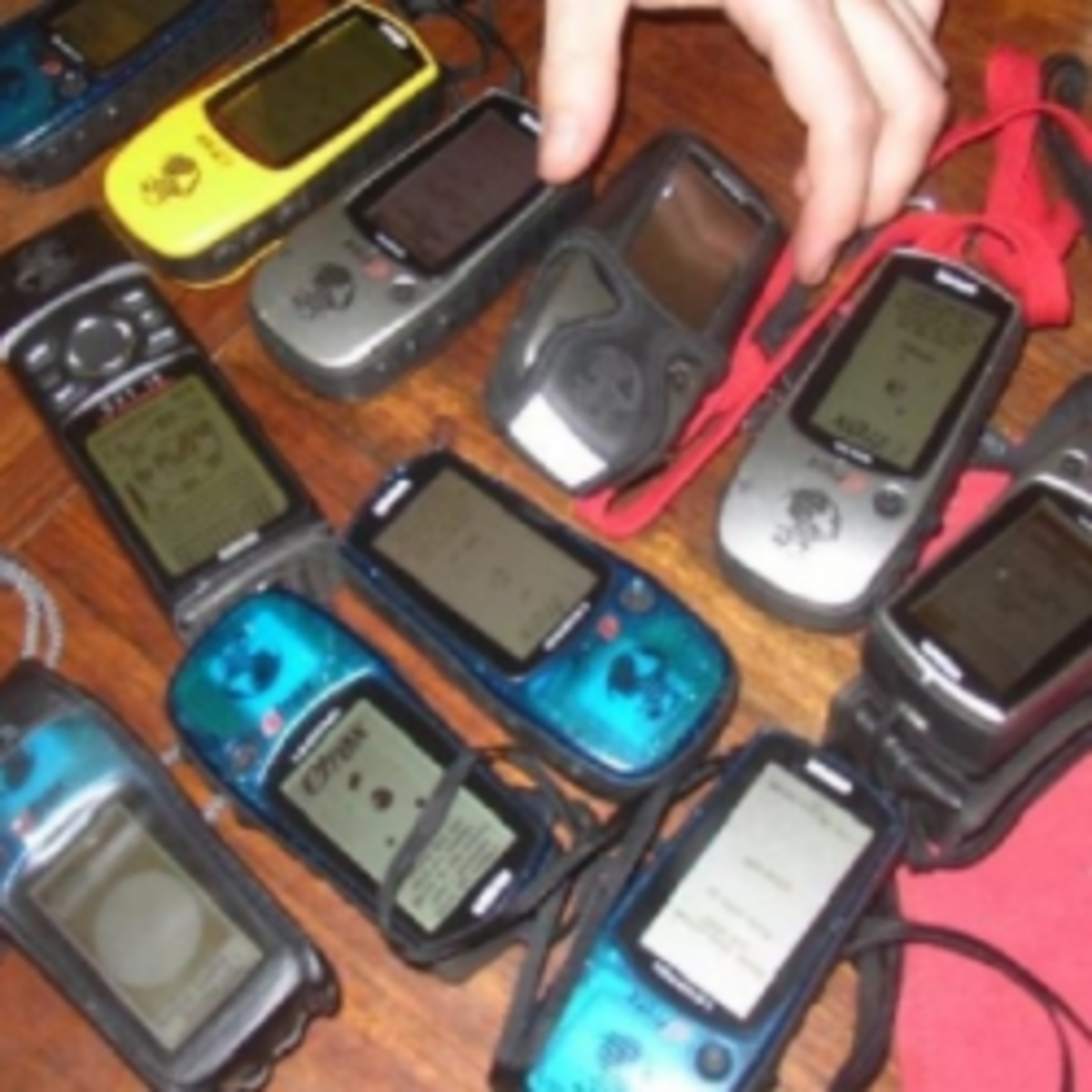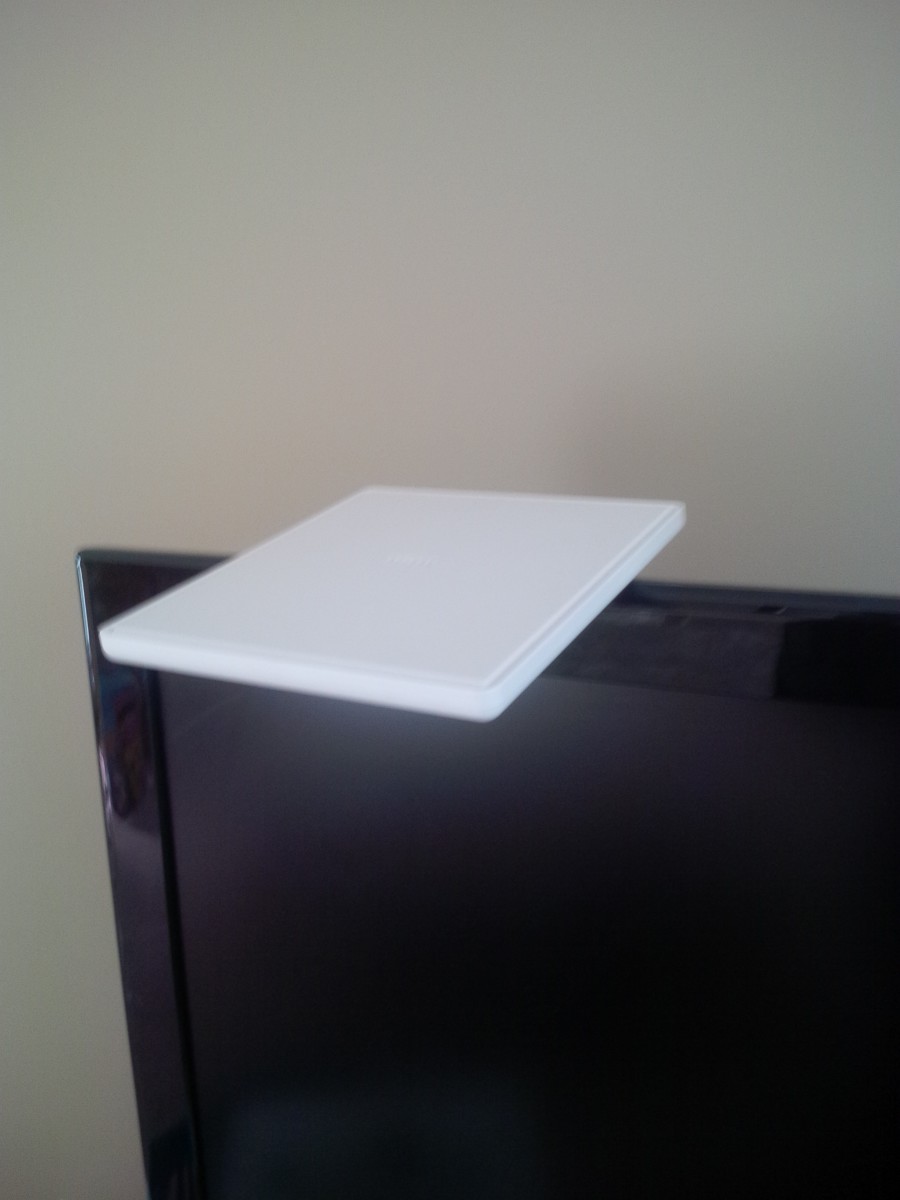Three Most Popular Charging Technologies in Smartphones
Introduction
We carry our smartphones everywhere we go. It has become our necessity and will stay one for many years to come. But to keep our phones running continuously, it should be charged all the time.
It’s the battery that keeps our smartphones working so that it performs various tasks.
Thanks to the several technological innovations, today, these smartphones come with different battery sizes and charging technologies. When buying a smartphone, the battery is one of the most important factors you should consider. However, in addition to that, you should also look for the charging technology the smartphone is packed with.
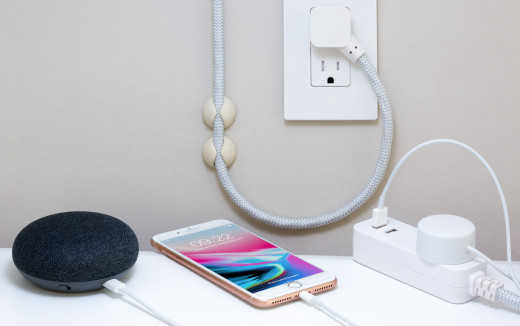
In this article, I’m going to list out and explain several kinds of charging technologies that are being used in smartphones these days. Not only it will help you decide which smartphone to go for, but it will increase your awareness and knowledge as a general consumer. So, let’s begin and talk these charging technologies below:
Do you care about the charging technology used in your smartphone?
1. Micro USB Charging
Micro USB charging is the most common and popular charging technology used in Android smartphones. If you have an Android smartphone that is more than two years old, it is likely to have a micro USB port and technology.
To charge your smartphone through this technology, you must have a micro USB cord.
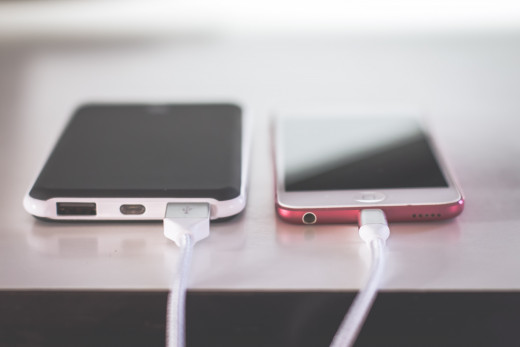
Although this technology is widely used in smartphones, almost all kinds of digital devices that require charging also come with this micro USB charging. These may include cameras, Bluetooth speakers, wireless earphones, etc.
The charging speed of the micro USB depends on the quality of cable and hardware used on the smartphone. The hardware is nothing but a Quick Charge-enabled processor, called as SoC (System on a Chip). However, in standard terms, it can be anywhere between 5V x 0.2A (2.5W) to 5V x 2A (10W).
The 10W charger generally comes with a smartphone with Quick Charge capabilities.
Qualcomm is the US Company that manufactures and offers various versions of fast charging technologies. These include Quick Charge 2.0, 3.0, 4.0, and, most recently, Quick Charge 5.0.
However, many smartphone makers have started offering their fast charging technologies, such as VOOC Fast Charge (Oppo), 18W Fast Charging (Google), Dash Charge (OnePlus), etc.
2. USB Type-C Charging
Technically, USB C or USB Type-C is one of the three different kinds of micro USB. This kind of technology needs a Type-C cable to charge a smartphone. It is the emerging charging technology in the market.
When it comes to appearance, a USB Type-C cable is the same, front the top and as well as bottom side. It makes it easy to put the cord on your phone without having to toggle and see the right side.
The cable that connects into your smartphone for charging is also called as Type-C reversible connector USB OTG (On-The-Go).
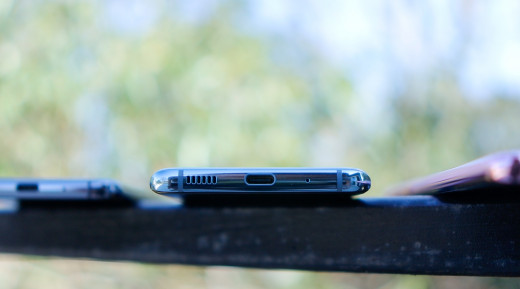
Although it's a new technology, many mid-range and upper mid-range smartphones have started coming with this technology. It's because of the cut-throat competition in the smartphone market.
These days, most of the high-end smartphones come with this kind of technology. If you're going to buying a smartphone, be sure to look for Type-C charging technology.
Type-C charging technology comes in various power and speed variations. However, it can be anywhere between 10A x 1.5 (15W), 10A x 1.8 (18W), or even 10A x 4.5 (45W). The more power (W) it has, the more quickly it will charge.
It is faster, efficient, and effective charging technology for your smartphone.
Some of the fast charging technologies offered by companies are Quick Charge 4.0 (Qualcomm), SuperCharge 2.0 (Huawei), and Warp Charge (OnePlus).
3. Wireless Charging Technology
Unlike the micro USB or Type-C charging technology, wireless charging works without a cable or cord. Of course, the wireless word itself means without a wire. But before I move on and explain the usage and requirements of this technology on your smartphone, let’s first discuss how it works:
For wireless charging to work, there are two essential components needed: a wireless pad (or stand) and a smartphone with a wireless charging feature. The pad has smart coils that generate electromagnetic fields around it when connected to a cable.
This electromagnetic field, when brought closer or attached to a wireless charging device, gets converted into electric current that charges the device's battery.
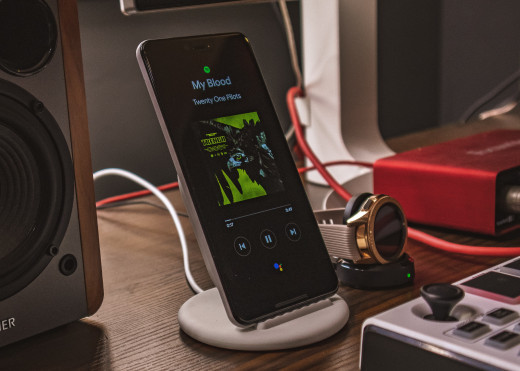
So, now that you know how it works, let’s discuss its usage further. The wireless pad or stand that I talked about above is manufactured by several companies all over the world.
However, some of the noted ones are Qi (pronounced as ‘chi’), Belkin, and Anker. Do note that the denser and longer the smart coils will be, in both pad and device, the faster it charges up. Not to mention, the more you will have to shell out money for buying the technology.
Wireless charging has always been slow as compared to wired ones for a long time. But there are various innovations and improvements in the speed of wireless charging recently.
Manufacturers are now offering smartphones with 15W, 25W, 40W, and even massive 60W wireless charging technologies.
Some of the first popular smartphones to have wireless charging technologies are LG Nexus 4, Samsung Galaxy S3, LG Optimus G Pro, and Samsung Galaxy S6. However, Apple was a little late to join them. The iPhone 7 was the first iPhone to have come with the wireless charging feature in 2016.
Samsung Galaxy S20 Ultra with 15W and OnePlus 8 Pro with 30W are two of the recent smartphones with wireless fast charging technologies.
Which charging technology your smartphone has?
Conclusion
By learning the various charging technologies of smartphones, you will not only be able to buy the ideal smartphone for yourself but also make your loved ones aware of the same.
In today’s world, it is essential to know the pros and cons of various technologies that may affect you both directly and indirectly. It’s because of the continuous innovation in technology; we’re able to enjoy so many features right in our smartphones.
This content is accurate and true to the best of the author’s knowledge and is not meant to substitute for formal and individualized advice from a qualified professional.
© 2020 Nikhil Sharma

